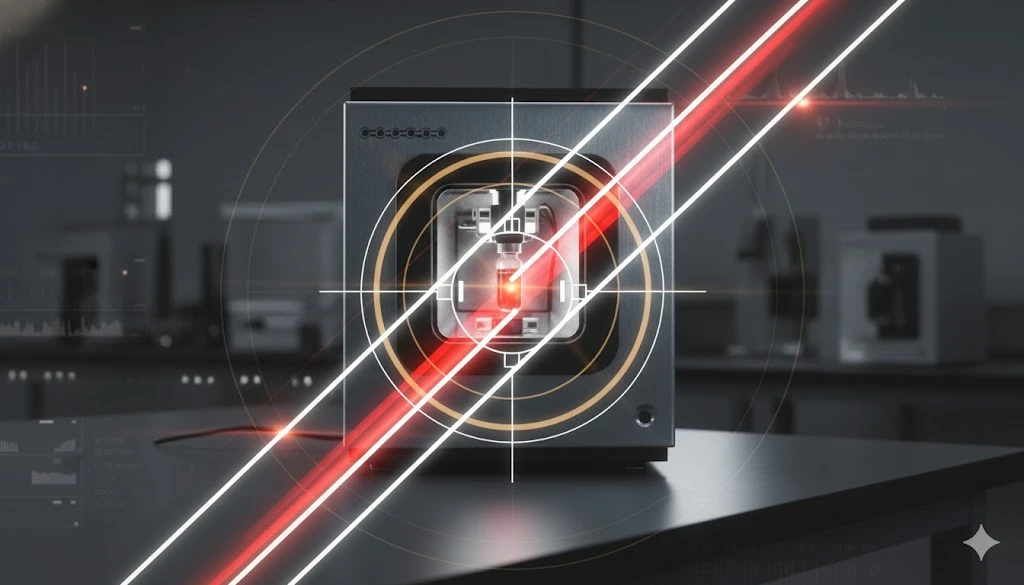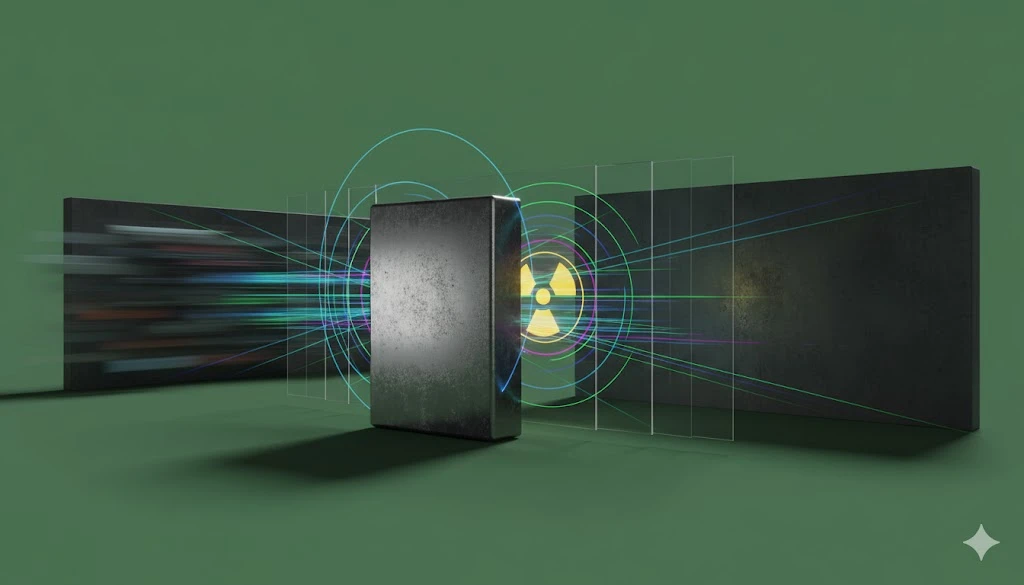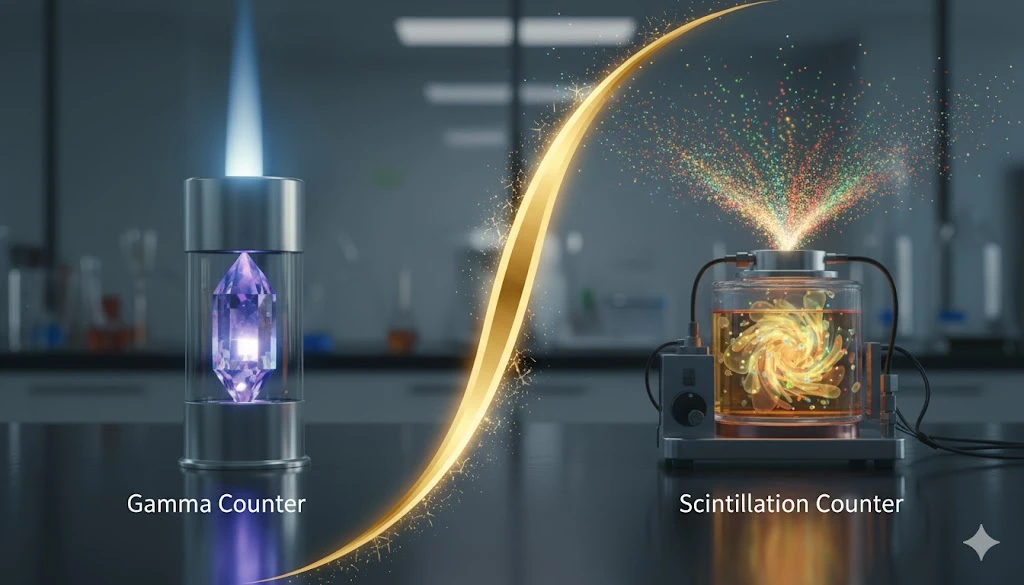Unlocking the Sweet Side of Proteomics: A Comprehensive Guide to Glycosylation Analysis with Mass Spectrometry

ImageFX (2025)
In the intricate world of biological systems, proteins are the workhorses, performing countless vital functions. But often, their true potential and precise roles are unveiled only when they undergo a crucial modification: glycosylation. This process, where sugar molecules (glycans) attach to proteins, is far more than just a decorative addition. Glycosylation profoundly influences a protein's structure, stability, and function, playing a pivotal role in everything from cell-to-cell communication and immune responses to the progression of diseases like cancer and autoimmune disorders. Understanding these complex "sweet" modifications is essential for advancing biomarker discovery, developing new therapeutics, and gaining deeper insights into fundamental biological processes.
Unlocking Biological Secrets: Why Glycosylation Matters
Glycosylation is a ubiquitous post-translational modification (PTM) that significantly expands the functional diversity of the proteome. The glycans attached to proteins act as crucial recognition elements on cell surfaces, mediating interactions between cells, pathogens, and the extracellular matrix. For instance, specific glycan structures on cell membranes are vital for immune cell trafficking and pathogen recognition.
Consider the following key roles of protein glycosylation:
Cell-Cell Communication: Glycans on cell surfaces serve as "identity tags," facilitating precise recognition and interaction between cells. This is fundamental to tissue development, immune surveillance, and neuronal signaling.
Protein Folding and Stability: Glycans can influence how proteins fold into their correct three-dimensional structures, impacting their stability and preventing aggregation.
Immune System Regulation: Glycosylation patterns on antibodies, immune receptors, and viral proteins dictate immune responses, making it a critical area for vaccine development and immunotherapy.
Disease Progression: Aberrant glycosylation is a hallmark of many diseases, including various cancers, inflammatory conditions, and neurodegenerative disorders. Identifying these altered glycan profiles can lead to novel diagnostic and prognostic biomarkers.
The profound impact of glycosylation on biological function underscores the need for robust analytical methods to characterize these modifications with high precision.
Navigating the Complexity: Challenges in Glycoproteomic Analysis
Despite its biological significance, studying glycosylation presents unique analytical hurdles. Unlike DNA or protein sequences, glycan structures are highly branched and diverse, leading to immense heterogeneity in glycosylated protein (glycoprotein) samples. This "microheterogeneity" means a single protein can carry multiple different glycan structures at various sites, complicating comprehensive analysis.
Key challenges include:
Low Abundance: Glycosylated proteins often exist in very low concentrations within complex biological matrices like blood, serum, or cell lysates, making their detection and isolation difficult.
Structural Diversity: The sheer variety and complexity of glycan structures, including their branching patterns, linkages, and monosaccharide compositions, make definitive identification and quantification a significant challenge.
Dynamic Nature: Glycosylation patterns can change rapidly in response to physiological conditions or disease states, requiring highly sensitive and rapid analytical workflows.
Sample Preparation: The need to enrich and isolate specific glycopeptides or glycoproteins from highly complex samples adds multiple steps to the workflow, which can introduce variability and reduce yields.
Overcoming these challenges requires sophisticated analytical techniques capable of high sensitivity, resolution, and the ability to differentiate subtle structural variations.
Advanced Tools for Glycan Characterization: The Power of Mass Spectrometry
Mass spectrometry (MS) has emerged as the gold standard for glycan analysis due to its unparalleled ability to discern fine structural details within complex biological solutions. Modern glycoproteomic workflows leverage advanced MS platforms combined with optimized sample enrichment and fragmentation strategies to maximize signal and minimize sample complexity.
A typical advanced glycoproteomics workflow often includes:
Sample Enrichment: This crucial first step aims to isolate glycan-containing peptides and proteins from the abundant non-glycosylated components. Specialized enrichment kits, often utilizing immobilized lectins (proteins that bind specifically to certain sugar structures), are designed to achieve high enrichment yields while maintaining compatibility with downstream analytical steps.
High-Performance MS Analysis: State-of-the-art mass spectrometers are essential for detailed glycan characterization. Instruments like the Thermo Scientific Orbitrap Fusion Lumos Tribrid Mass Spectrometer are at the forefront of this field. This advanced platform offers:
Ultra-High Resolution: Enabling precise mass measurements and differentiation of isobaric glycan structures.
Exceptional Sensitivity: Crucial for detecting low-abundance glycopeptides.
Multiple Dissociation Techniques: The ability to employ various fragmentation methods (e.g., CID, HCD, ETD, EThcD) within a single analysis provides complementary information.
HCD (Higher-Energy Collisional Dissociation): Excellent for obtaining glycan composition and peptide backbone fragmentation.
ETD (Electron Transfer Dissociation) / EThcD (Electron Transfer/Higher-Energy Collisional Dissociation): Ideal for preserving labile glycan structures while providing extensive peptide backbone fragmentation, crucial for identifying glycosylation sites.
By combining these techniques, researchers can thoroughly characterize glycan structures, pinpoint glycosylation sites on peptides, and determine peptide backbone sequences, providing a comprehensive picture of the glycoprotein.
Decoding Glycosylation Data: Software Solutions for Complex Insights
The sheer volume and complexity of data generated from glycoproteomic MS experiments pose a significant challenge for data processing and interpretation. Unlike standard proteomic analyses that primarily focus on peptide sequencing, glycan analysis requires:
Peptide Sequencing: Identifying the protein backbone.
Glycosylation Site Identification: Pinpointing the exact amino acid residue where the glycan is attached.
Glycan Structure Characterization: Determining the composition, branching, and linkage of the attached sugar molecules.
To manage this multi-layered data, specialized software solutions are indispensable. The Proteome Discoverer Software from Thermo Scientific offers a powerful platform for integrating diverse data streams. It utilizes proprietary software nodes that can intelligently combine information from different fragmentation methods. For example, it can integrate HCD-derived glycan composition data with ETD/EThcD data, which provides detailed peptide backbone information. This integrated approach allows researchers to piece together the complete glycopeptide structure, transforming complex raw data into meaningful biological insights.
Table: Fragmentation Techniques and Their Applications in Glycoproteomics
Fragmentation Technique | Primary Information Provided | Key Advantage |
|---|---|---|
HCD | Glycan composition, peptide backbone | Robust, good for quantitative analysis |
ETD | Glycosylation site, peptide sequence | Preserves labile modifications |
EThcD | Glycosylation site, glycan structure, peptide sequence | Combines benefits of HCD and ETD for comprehensive data |
The Future of Glycosylation Research
While challenges such as persistent sample heterogeneity and the complexity of enrichment procedures continue to limit full automation of sample preparation workflows, the field of glycoproteomics is rapidly evolving. The continuous advancements in MS detection capabilities and the development of sophisticated data analysis solutions are poised to drive glycosylation research into new and exciting territories.
As our understanding of glycosylation's role in health and disease deepens, the demand for high-throughput, accurate, and comprehensive analytical tools will only grow. These advancements promise to accelerate the discovery of novel biomarkers, facilitate the development of targeted therapies, and ultimately, enhance our ability to diagnose and treat a wide range of human diseases.
Ready to advance your glycoproteomics research? Explore cutting-edge mass spectrometry instruments and solutions on LabX today!
Frequently Asked Questions (FAQ)
Q1: What is protein glycosylation and why is it important in biology? A1: Protein glycosylation is a post-translational modification where sugar molecules (glycans) are attached to proteins. It's crucial for cell-cell communication, immune system regulation, protein folding, and plays a significant role in various disease processes, making it a key area of study in proteomics.
Q2: Why is mass spectrometry the preferred method for glycan analysis? A2: Mass spectrometry (MS) is favored for glycan analysis due to its high sensitivity, resolution, and ability to provide detailed structural information on complex and heterogeneous glycan structures, even at low concentrations in biological samples.
Q3: What are the main challenges in analyzing glycosylated proteins? A3: Key challenges include the low abundance of glycosylated proteins in biological samples, the immense structural heterogeneity and complexity of glycan structures, and the need for sophisticated sample enrichment and data processing methods.
Q4: How do different fragmentation techniques in mass spectrometry aid glycan characterization? A4: Techniques like HCD provide glycan composition and peptide backbone information, while ETD and EThcD are crucial for identifying glycosylation sites and preserving labile glycan structures. Combining these methods offers a comprehensive view of the glycopeptide.










